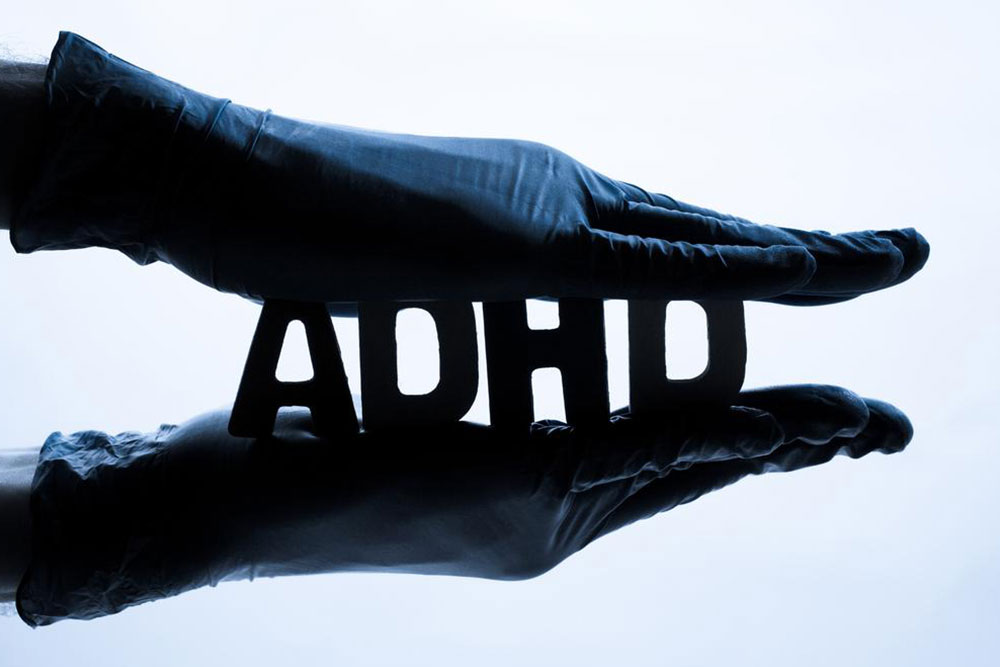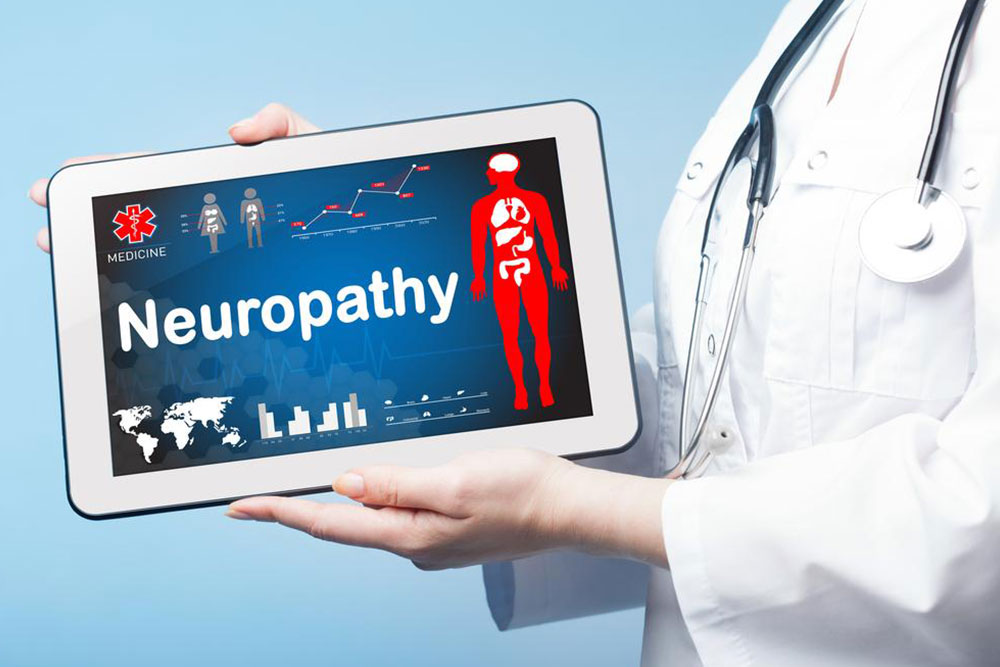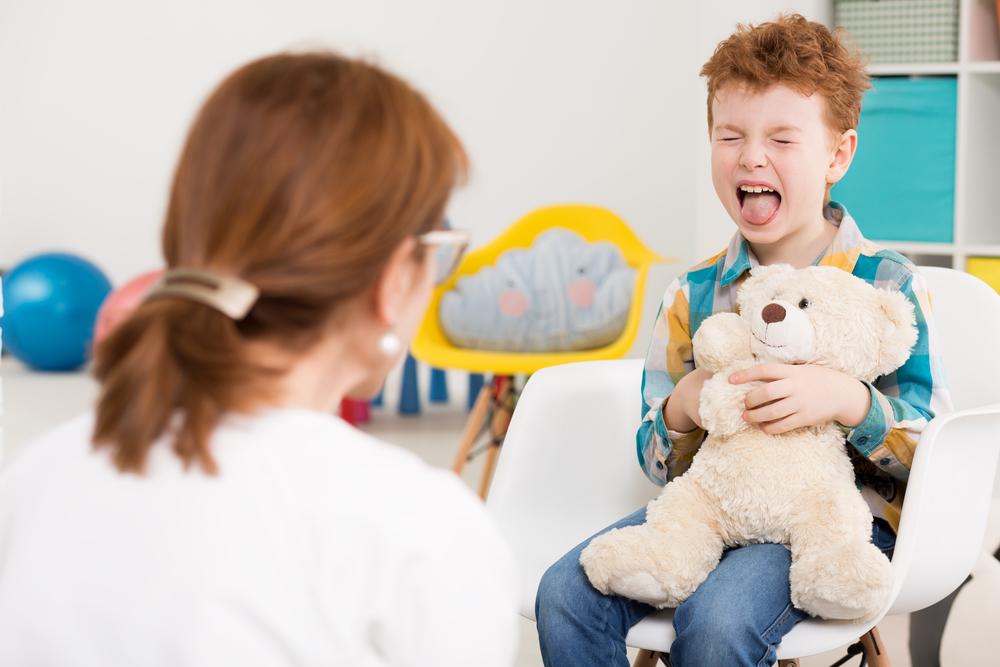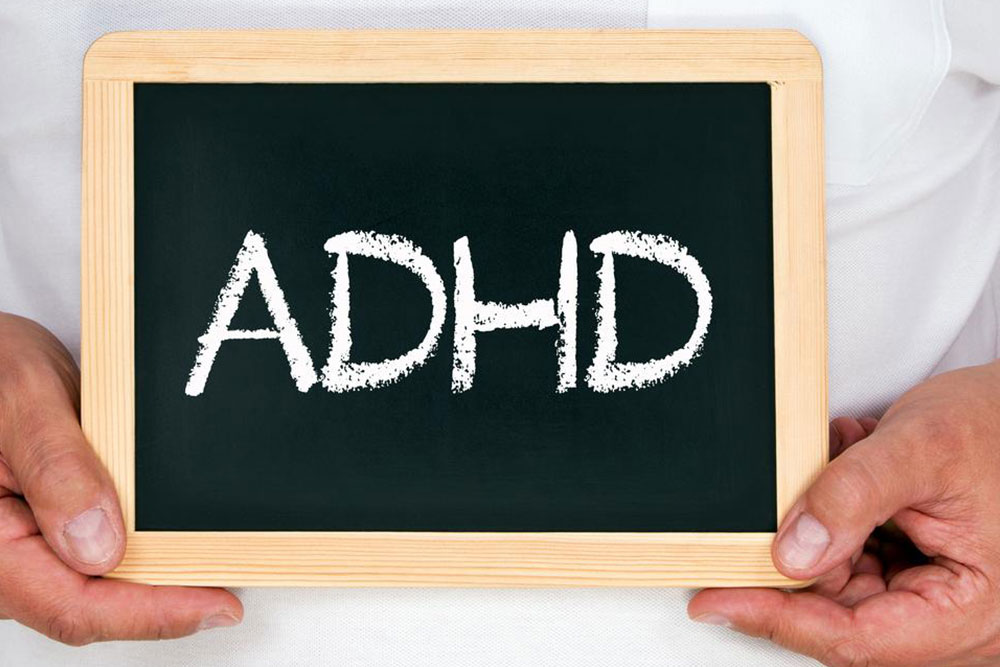Understanding Signs, Diagnosis, and Management of ADHD
This comprehensive guide explains the signs, diagnosis process, and treatment options for ADHD. It covers different types of ADHD, how professionals identify the condition, and effective management strategies including medication and therapy. Understanding these aspects can help parents, teachers, and caregivers support individuals with ADHD effectively. The article emphasizes the importance of professional consultation and personalized treatment plans for optimal outcomes.

Recognizing, Diagnosing, and Treating ADHD
Attention Deficit Hyperactivity Disorder (ADHD) affects both children and adults, characterized by impulsiveness, difficulty concentrating, and hyperactivity. Symptoms often emerge in early childhood, with approximately five million children aged 3 to 13 in the U.S. diagnosed with ADHD.
Signs to Watch For: ADHD symptoms vary among individuals and can range from mild to severe, influenced by genetics and environment. To diagnose, a child must display at least six of the following behaviors:
Easily distracted
Often forgets belongings
Daydreams frequently
Struggles to follow directions
Difficulty completing tasks
Impatience
Blurts out inappropriate comments
Difficulty managing emotions
Loses toys, supplies
Fidgets constantly
Talks excessively
Diagnosis Process: No single test confirms ADHD. Pediatricians assess symptoms through questionnaires and input from teachers or caregivers. Symptoms must persist for at least six months for a formal diagnosis based on guidelines from the American Academy of Pediatrics.
ADHD Types: ADHD is categorized into three main types:
Combined Type: Symptoms of hyperactivity, inattention, and impulsivity are all present—most common.
Hyperactive Type: Focused hyperactivity and impulsivity with less inattentiveness.
Inattentive Type: Previously known as ADD, characterized by inattentiveness without hyperactivity, often unnoticed in classrooms.
Managing ADHD: Treatment varies per individual, often involving medication and counseling. Medications help reduce symptoms like distractibility and hyperactivity, stimulating brain activity for better focus. Parental and teacher involvement is vital for effective management.
Cognitive Behavioral Therapy (CBT): CBT is prescribed to teach children skills to handle time management, emotional regulation, stress, and risk assessment. As symptoms evolve, therapies are adjusted to suit changing needs.
Note: The information provided aims to offer helpful insights but should not replace professional medical advice. Always consult healthcare providers for diagnosis and treatment plans. Our content offers guidance based on current research but is not exhaustive or personalized. Our team is not responsible for discrepancies or updates outside this scope.










